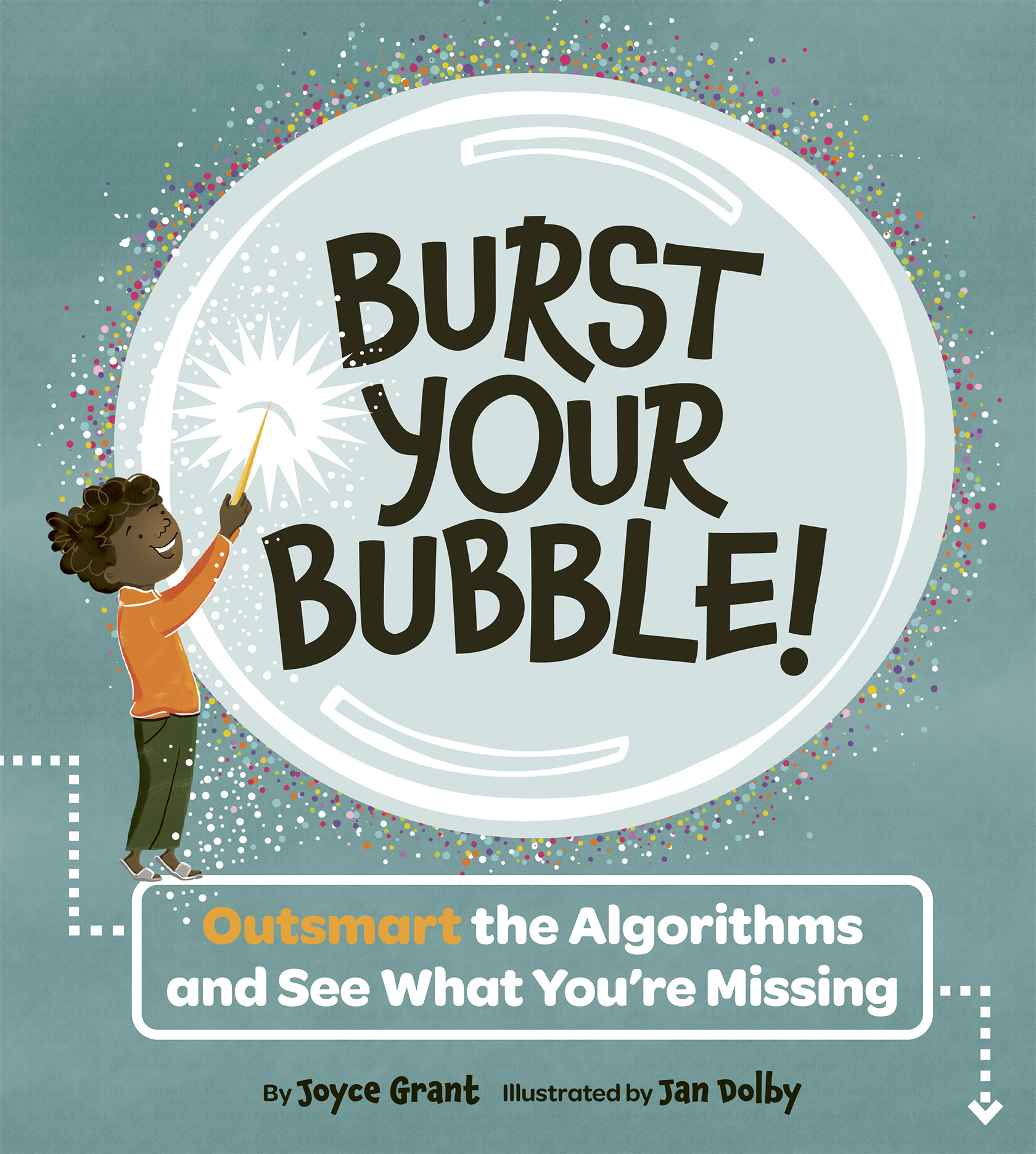
Diana Nyad stumbled out of the surf at Smathers Beach in Key West, Florida, on Monday, having completed an incredible 177-kilometre swim.
She had begun the swim 53 hours earlier, in Cuba.
Nyad is the only person ever to have made the treacherous swim without using a shark net, swim fins or a wetsuit. It was her fifth try in 35 years.
She told the waiting and excited crowd that she had three things to say. “One is we should never, ever give up. Two is you never are too old to chase your dreams. Three is it looks like a solitary sport but it takes a team.”
Indeed, Nyad’s swim was managed by a team of 35 helpers.
In earlier attempts at the crossing, Nyad had to stop after storms set her off course and she was badly stung by box jellyfish in one case, and she suffered an asthma attack in another case.
But she persevered.
She didn’t come across any storms or even sharks, but she did encounter a swarm of jellyfish. Her body was coated in a gel to protect her from their stings, and several people from Nyad’s team swam ahead of her to help shoo them away.
The Beatles helped Nyad during the difficult times. As she swam, she sang Ticket to Ride and Paperback Writer in her head; she timed her swimming strokes to the beat.
Some of the information in this article was excerpted from an article in the Globe and Mail newspaper.
CURRICULUM CONNECTIONS
By Jonathan Tilly
Writing/Discussion Prompt
When Nyad completed her swim, she had three things to say. What would you have said had you been in her shoes?
Reading Prompt: Extending Understanding
Reread TKN’s article entitled, “Amazing Kids: Anything is Possible.” How is Nyak’s achievement similar and different than Annaleise Carr’s? If you could sit down and have a conversation with either person, who would you choose, why?
Primary
Extend understanding of texts by connecting the ideas in them to their own knowledge and experience, to other familiar texts, and to the world around them (OME, Reading: 1.6).
Junior
Extend understanding of texts by connecting the ideas in them to their own knowledge, experience, and insights, to other familiar texts, and to the world around them (OME, Reading: 1.6).
Intermediate
Extend understanding of texts, including increasingly complex or difficult texts, by connecting the ideas in them to their own knowledge, experience, and insights, to other familiar texts, and to the world around them (OME, Reading: 1.6).
Grammar Feature: Semicolons
The semicolon ( ; ) is a punctuation mark that gets misused all the time. For this reason, I remember having many teachers tell me and my classmates to simply avoid using them all together. These teachers encouraged us to use a period instead and to just start a new sentence. That’s because the semicolon works a lot like a period. It separates to complete sentences that could each stand alone. But there is one important difference between a semicolon and a period. When a semicolon is used, the author is trying to tell the reader that the two sentences are linked and that there is an important connection between them. For example, in today’s article Joyce Grant used a semicolon to show the connection between the following two sentences,
As she swam, she sang Ticket to Ride and Paperback Writer in her head; she timed her swimming strokes to the beat.
So while she could have used a period to separate these two ideas, she, instead, chose to use a semicolon to effectively and efficiently communicate to her readers that there is a relationship between them.
So now that you know how to use a semicolon, why might it look the way it does ( ; )?







